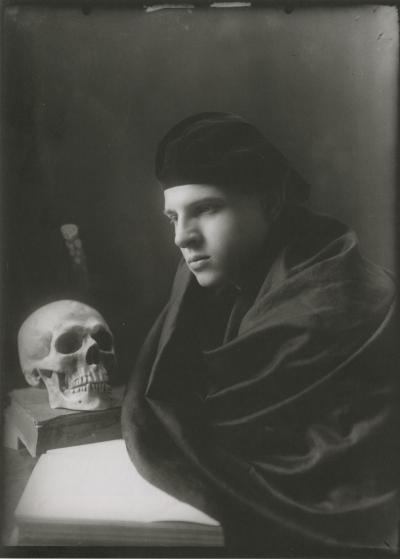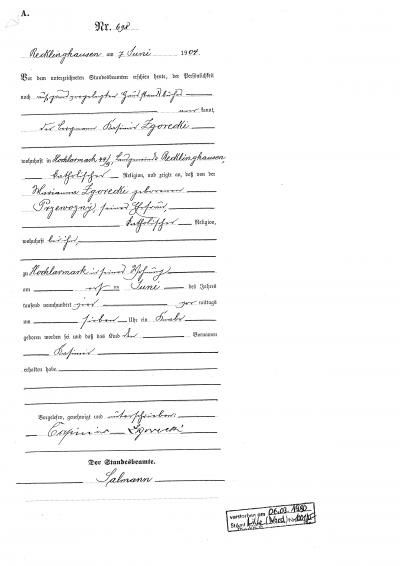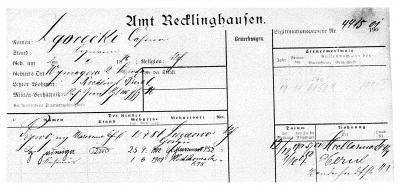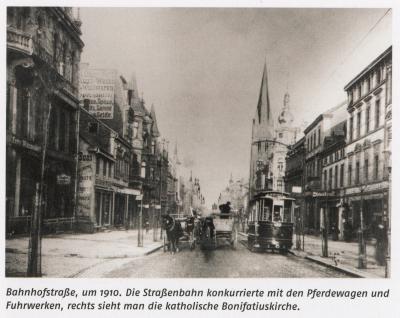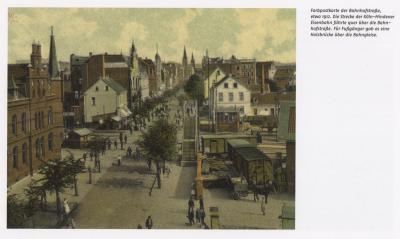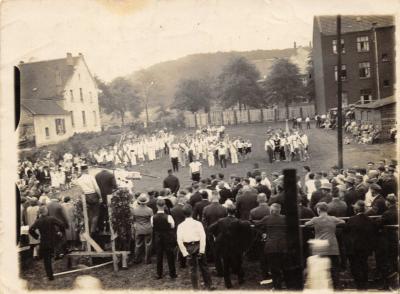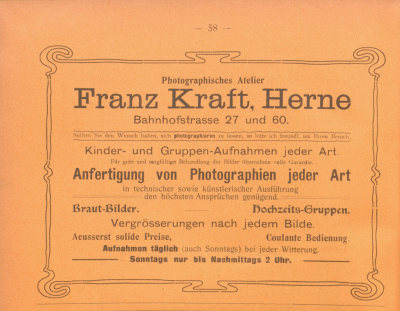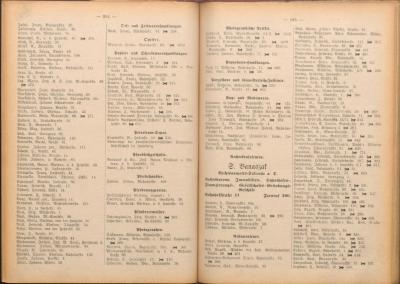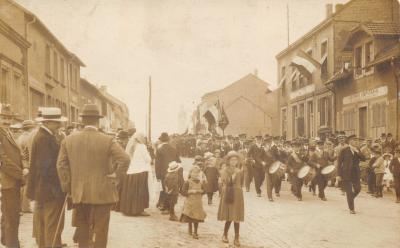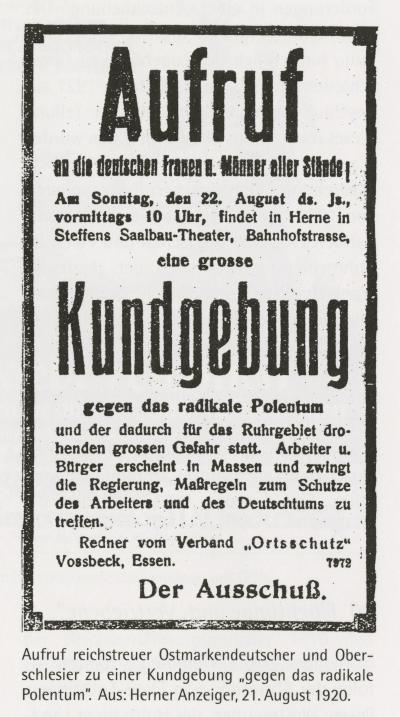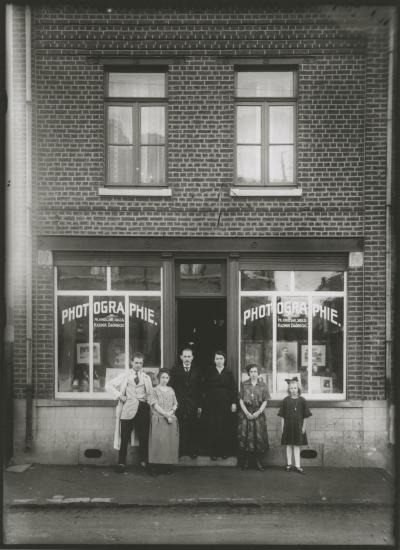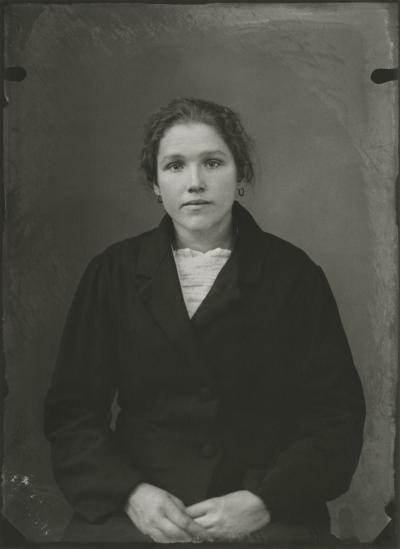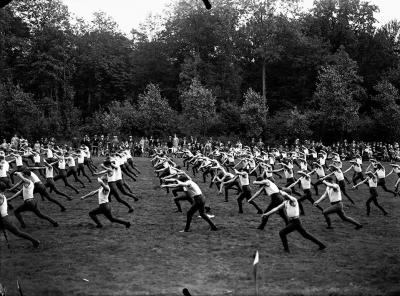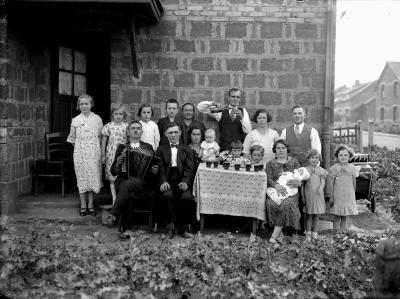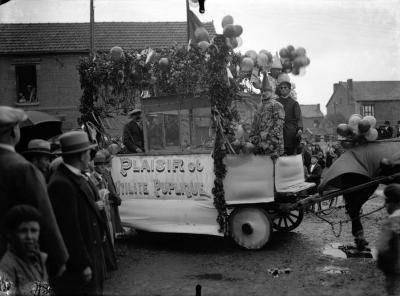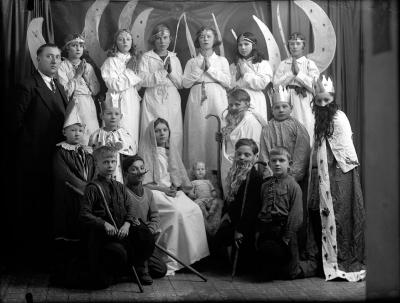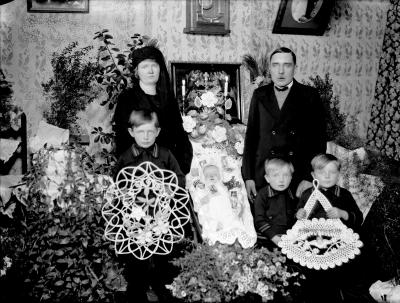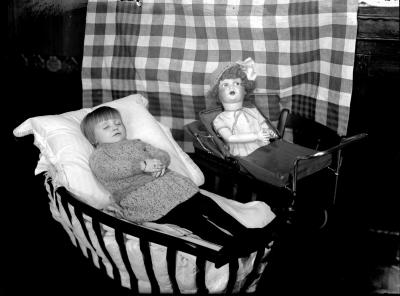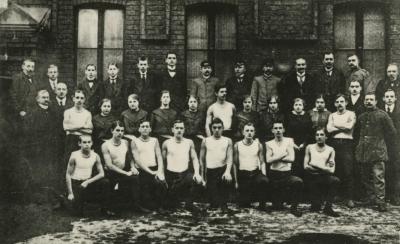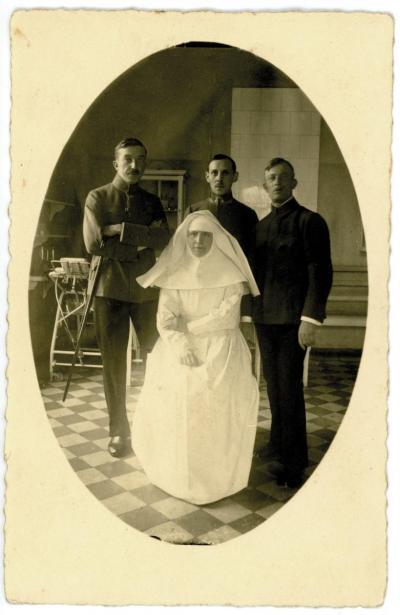Kasimir Zgorecki (1904-1980) – from Recklinghausen to the pantheon of French photography
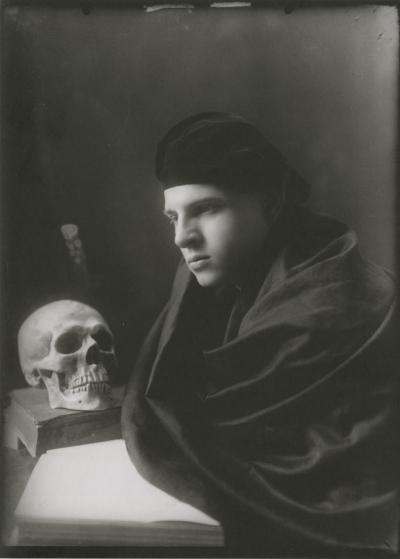
The sources available meant that we were unable to find detailed information about Kasimir’s schooldays in Herne. The children of Ruhr Poles grew up with the Polish language, although it was not allowed to be used in every area of life. German was expected in school.[37] In our conversation about school life, the historian Frank Piorr referred to a statement made by a priest from Herne who wrote that many of his parishioners did not speak any German at all.[38] It is, however, highly likely that Kasimir and his two sisters spoke some German as Polish was banned in Prussian schools.
In Herne, just as in Recklinghausen, there were numerous Polish clubs and associations which shaped everyday life alongside work and school. Even before the First World War, Herne and Wanne-Eickel had more than 150 Polish and Masurian clubs and associations.[39] The City Archives house some of the documents relating to these clubs, along with postcards showing motifs of Polish gymnastics clubs and festivities. They are organised according to district and then divided into Polish, Masurian, Silesian and Ostmark associations. Of note are the many choral societies and gymnastic clubs, which existed alongside women’s associations, prayer societies, lottery clubs and consumer associations for example (see Fig. 8). The consumer associations dealt with the importing of Polish potatoes and shoes or sold furniture. Beyond this broad offering, the “Związek Wzajemnej Pomocy” specialised in charitable assistance. No less important was the Polish spiritual welfare provided by the Church of St. Bonifatius through Chaplain Johannes Bitter and his successor Paul Lange.[40]
But the best known association was the Sokół federation in West Germany, which had its head office in Herne and, according to documents in the Herne archives, was founded in 1920. Several of the documents in this case also highlight the way in which Polish associations were monitored because they were accused of misusing their meetings for political rallies. Priests were also placed under observation. The documents also show that events generally required authorisation from the police which could only be obtained if a schedule was provided. As already mentioned, associations had certain rules and regulations to which the members had to keep. An archive document about the Stanislaus association refers to the promotion of order and common decency which were violated by repeated drunkenness or fights and resulted in expulsion from the association. Some clubs and associations had an age limit so Kasimir , as a minor, was not able to join every association.
